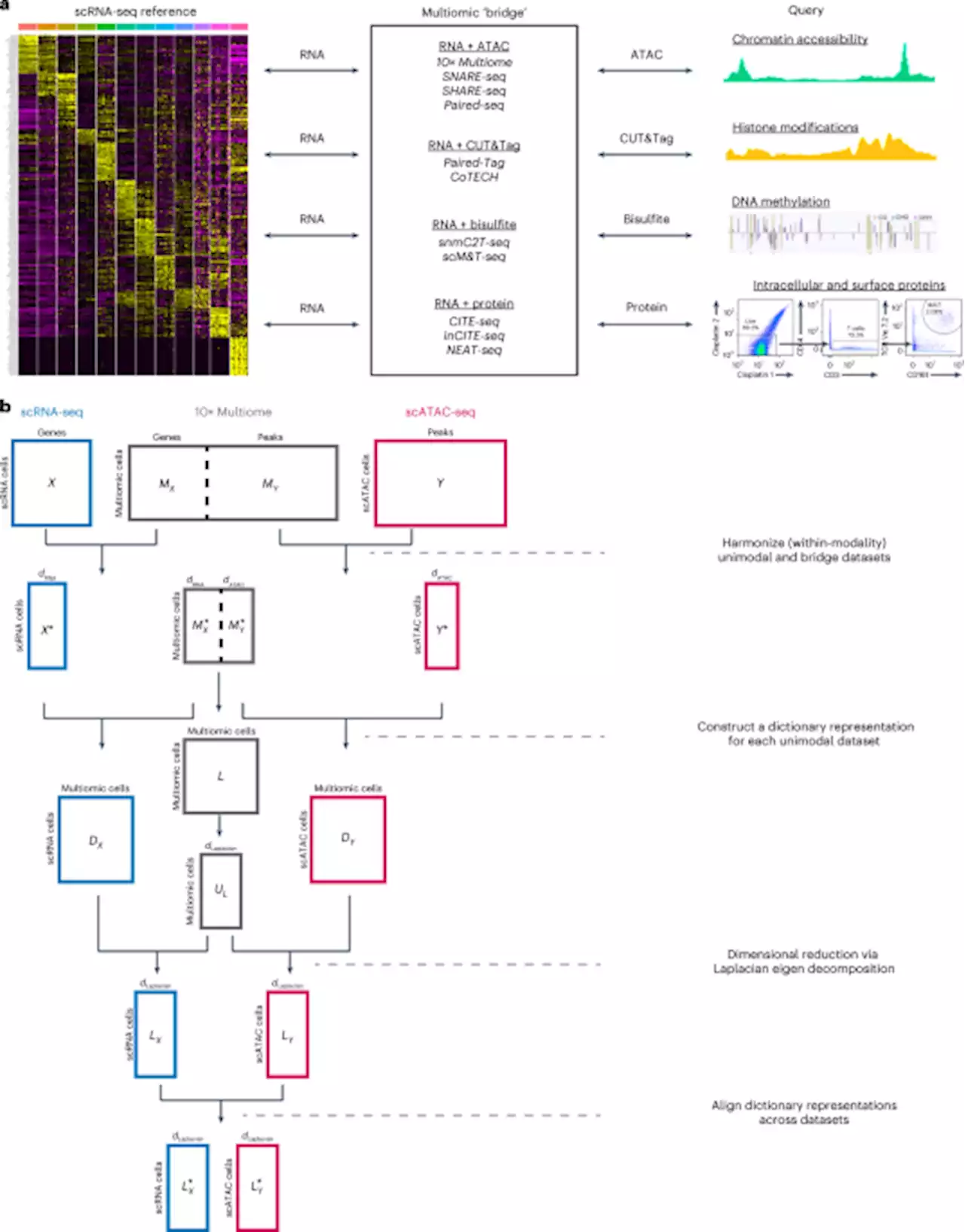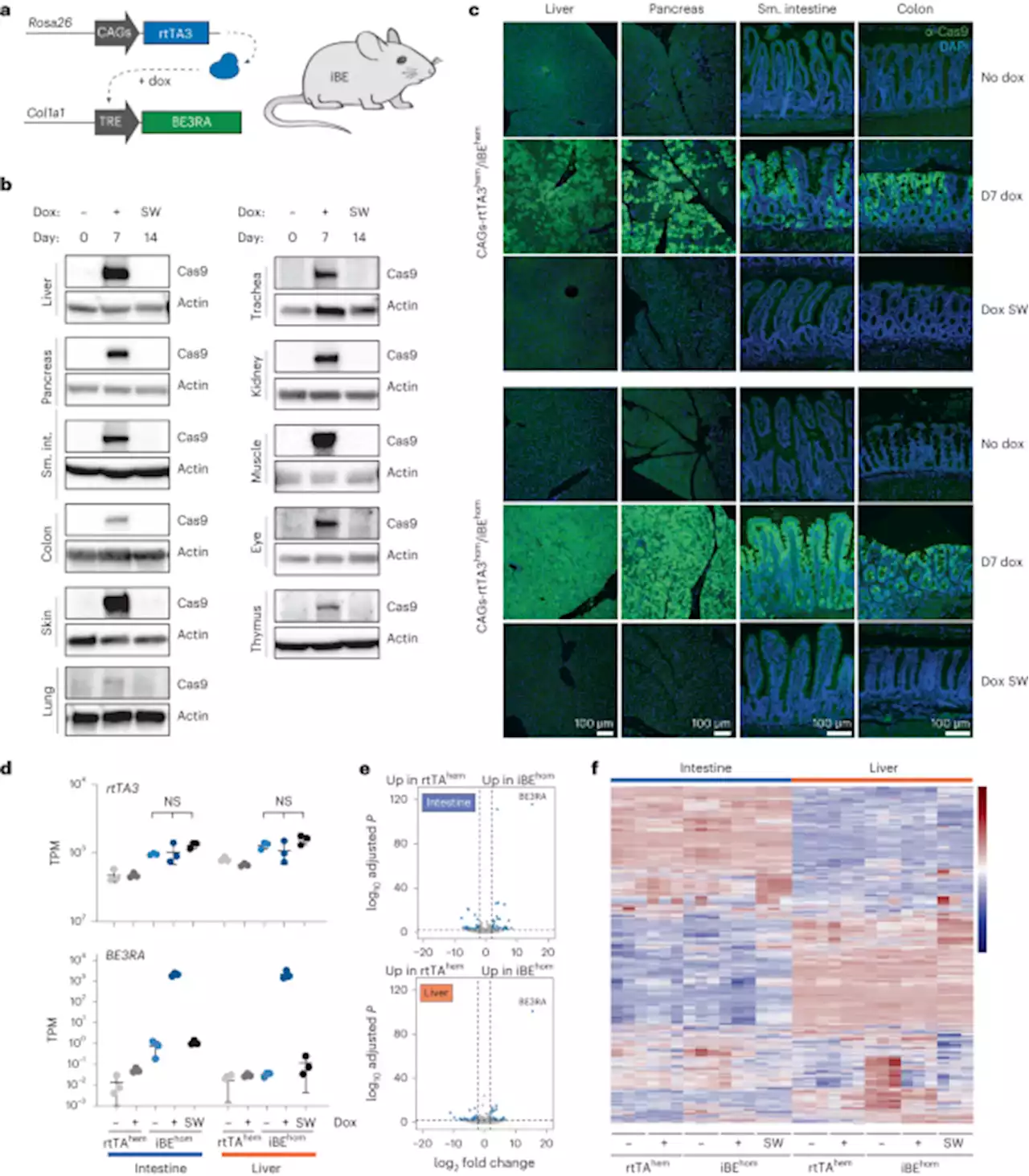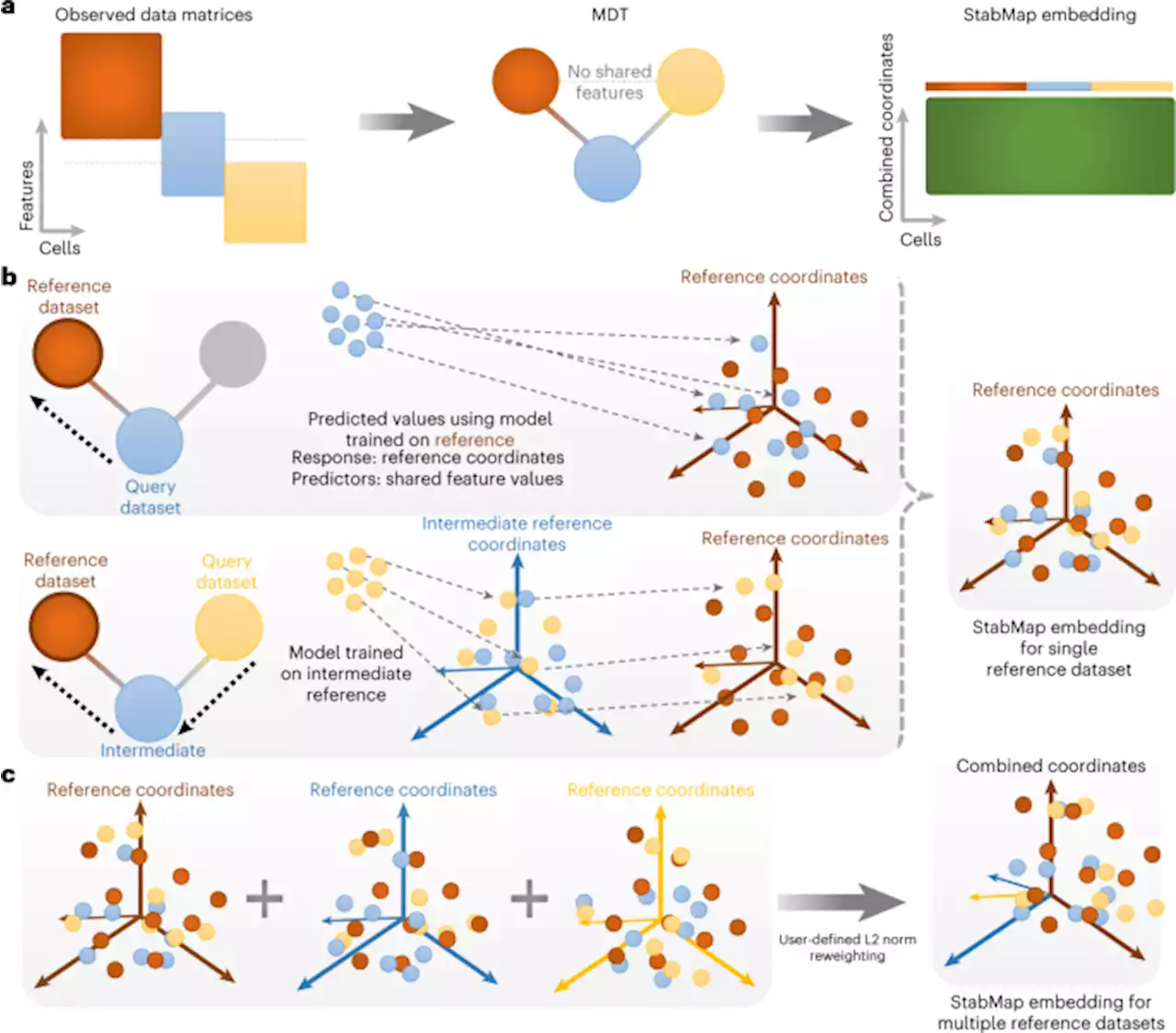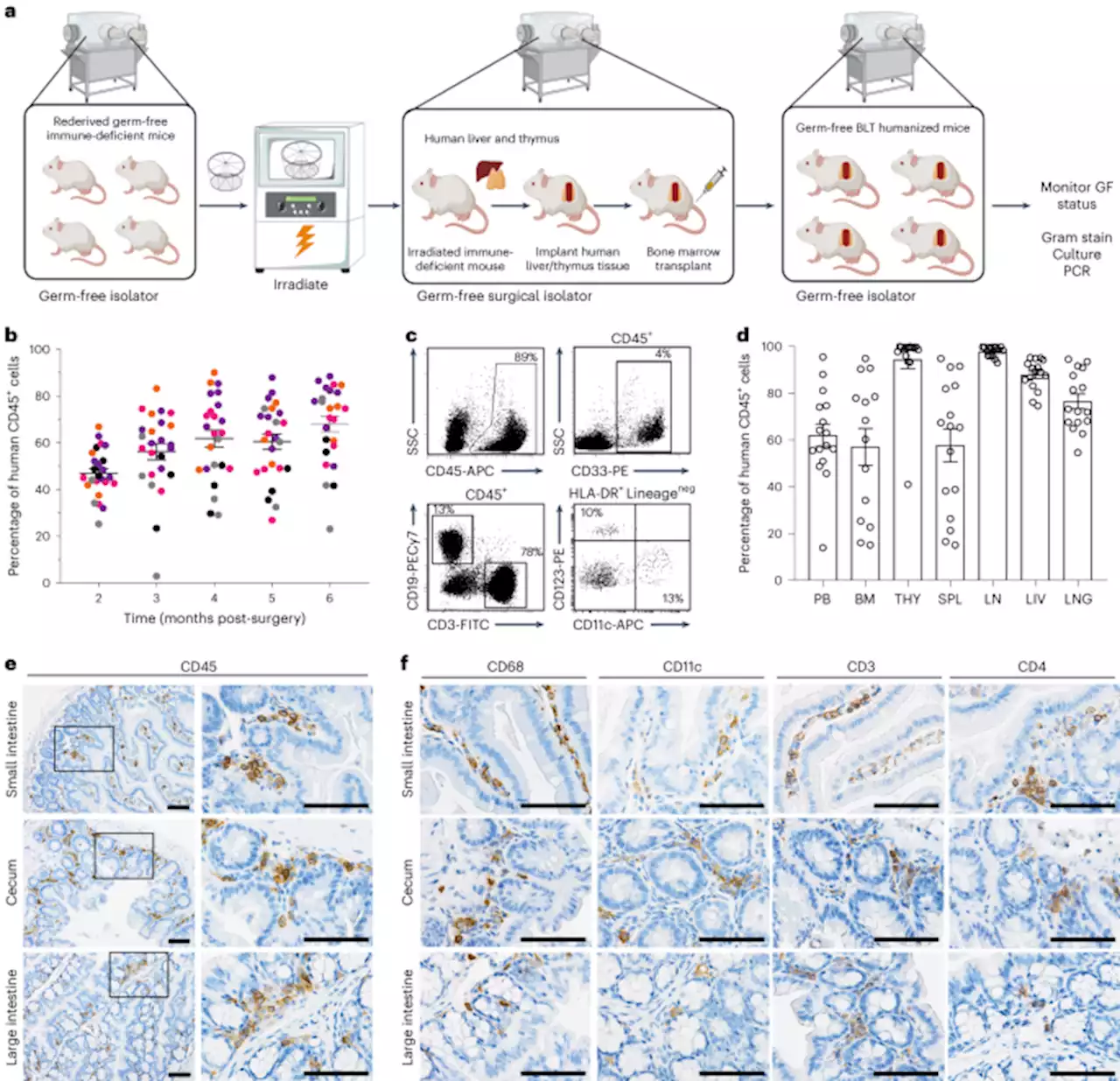The August issue is live On the cover, an artist’s impression of a protein translocating through a nanopore. Yu et al. identify conditions allowing proteins to translocate through a nanopore when driven by an electroosmotic effect
The collection of RNAs in a cell reflects its identity and behavior. Although probing these RNAs in the present is commonplace, peering into the past remains challenging. We developed TIGER to record selected RNAs at the single-cell level, enabling us to connect the past with the present.
Sequencing of proteins is a technically difficult task that typically requires digestion into short peptides before detection and identification. We developed a digestion-free method to chemically unfold and ‘scan’ full-length proteins through a nanopore, producing electrical fingerprints unique to individual protein molecules that are useful in their identification.
United States Latest News, United States Headlines
Similar News:You can also read news stories similar to this one that we have collected from other news sources.
 Dictionary learning for integrative, multimodal and scalable single-cell analysis - Nature BiotechnologyReference mapping is extended beyond scRNA-seq to single-cell epigenetic and proteomic data.
Dictionary learning for integrative, multimodal and scalable single-cell analysis - Nature BiotechnologyReference mapping is extended beyond scRNA-seq to single-cell epigenetic and proteomic data.
Read more »
 Generation of precision preclinical cancer models using regulated in vivo base editing - Nature BiotechnologyThe function of single-nucleotide variants can now be tested in a base editor mouse model.
Generation of precision preclinical cancer models using regulated in vivo base editing - Nature BiotechnologyThe function of single-nucleotide variants can now be tested in a base editor mouse model.
Read more »
 Stabilized mosaic single-cell data integration using unshared features - Nature BiotechnologyMosaic data integration is improved by capturing features that do not overlap between datasets.
Stabilized mosaic single-cell data integration using unshared features - Nature BiotechnologyMosaic data integration is improved by capturing features that do not overlap between datasets.
Read more »
Advancing artificial intelligence to help feed the worldCan AI help feed the world? Our new article in NatureBiotech highlights four applications in breeding programs: 1. Deciding what to breed for 2. Phenotyping traits 3. Predicting genetic merit of individuals 4. Parent selection and optimising crossing
Read more »
 A germ-free humanized mouse model shows the contribution of resident microbiota to human-specific pathogen infection - Nature BiotechnologyA germ-free humanized mouse model shows the contribution of resident microbiota to human-specific pathogen infection
A germ-free humanized mouse model shows the contribution of resident microbiota to human-specific pathogen infection - Nature BiotechnologyA germ-free humanized mouse model shows the contribution of resident microbiota to human-specific pathogen infection
Read more »